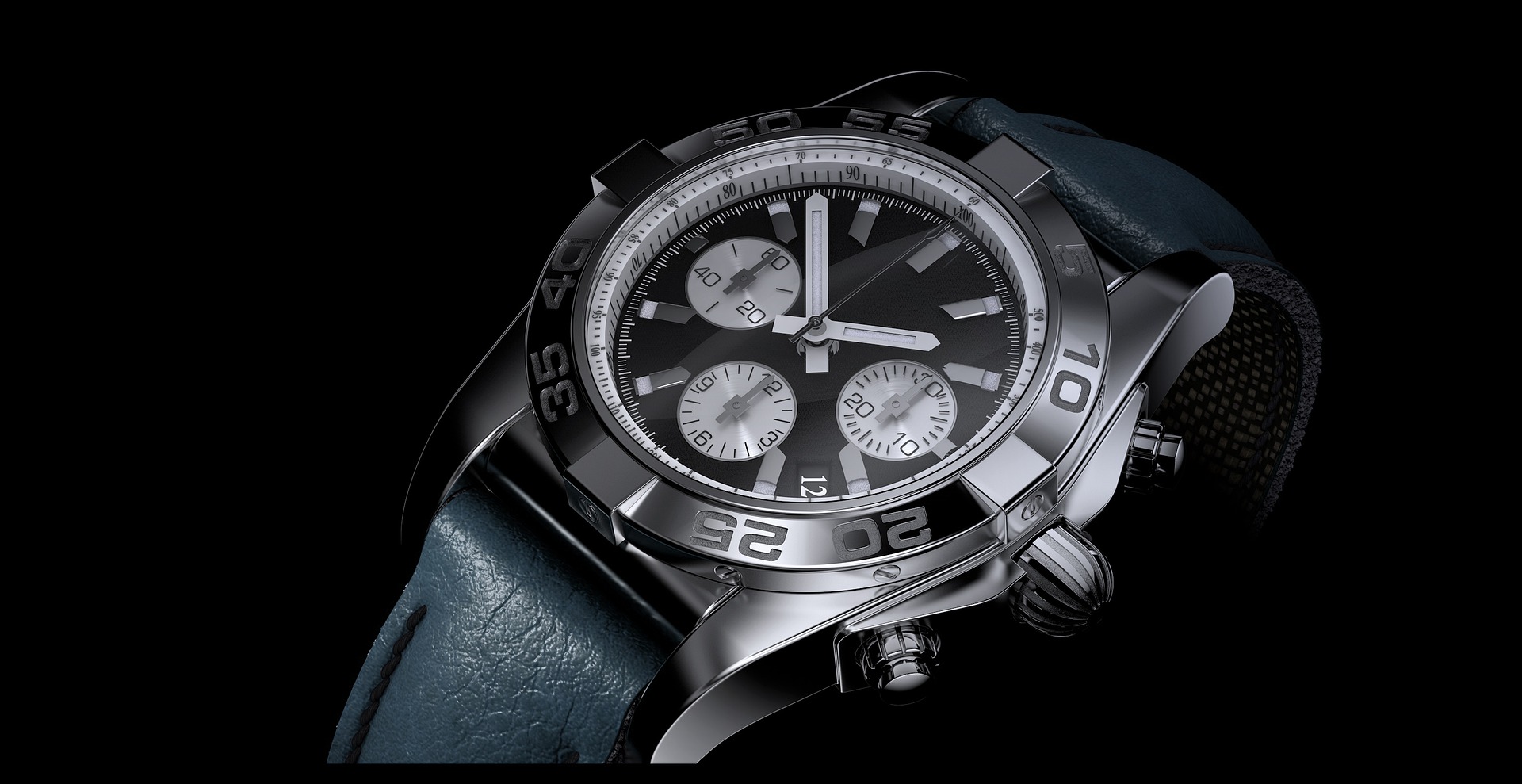The Taxation of Collectibles

The concept of taxation of collectibles is relatively unfamiliar to many practitioners. There are various reasons behind the misconception that goes around. One of the primary reasons is that the tax definition is complex and can very easily be misinterpreted. Contrary to typical gain and loss schemes, the netting procedure for collectible gains and losses is more complicated. The applicable tax rate for net collectible gains is also majorly different.
As is evident, the Taxation procedure for collectibles is a different ball game altogether. One needs to be very aware of the rules and regulations before going forward with such ventures.
What is a Collectible?
A collectible is anything whose worth increases due to its immense demand and less availability. In simpler terms, it refers to items “worth collecting”. Examples include vintage watches and jewelry, paintings, rare coins, antiques and many more.
Collectibles and Capital Gains
The collectibles are heavily taxed. They are considered as an alternative investment by the IRS. The percentages and figures for collectibles are very different from standard rates. The capital gains tax on your net gain from selling a collectible is 28%. Depending upon the adjusted gross income, one can also receive a 3.8% net investment income tax.
The tax rate on collectibles is relatively high in comparison to other capital gains. Capital gains, in general, have an average rate of about 15% for most of its users, according to the IRS.
Effects of Tax Rate
The tax rate on collectibles majorly affects two sectors of the society. For some people, it gives an added advantage to the already existing collectibles. For the other sector of people, it affects their economy majorly.
The 28% rate works to their advantage for people in the higher tax bracket compared to the taxes on their regular income. The people falling in the lower tax bracket get a major hit due to the tax rate being so high.
The tax rate is presumed to be so high since the government isn’t that fascinated by the buying and selling of collectibles. The collectibles sector is not a real economy driver in comparison to business innovations or comprehensive employee training. The ruling government always prefers capital to be invested in efforts which boost the gross domestic product.
Calculating the Basis
To figure out the tax obligation for selling a collectible, one should pay special attention to calculating the basis. The basis is generally the sum of the cost of the collectible or the item, the auction cost and the broker fees. Maintenance and restoration costs also form an essential parameter of the basis.
Additional Facts
Collectibles come with their own set of ownership rules and tax regulations. It is imperative to have a profound knowledge of them in the way forward.
● Collectibles sold in less than a year are termed as ordinary income. This is ideally beneficial for those in the bracket less than 28%
● Buying and selling gold and silver as exchange-traded funds are considered a collectible. They are taxed the same as collectible tax rates.
● It is very important to invest in collectibles you have sound knowledge about. Investing in art requires a piece of in-depth expertise in the field, barring which there are chances to suffer a significant loss in the market. Therefore it is advised to always invest in a circle of competency.
● Collectibles that are displayed for personal use cannot be claimed as a capital loss. Common examples include wall hangings or collections at home. They cannot be coined as capital losses in the future.
Concluding Thoughts
The Taxation of Collectibles is quite a detailed and complex structure. Contrary to the general capital gains and losses, collectibles have separate regulations of their own, which are dealt with in a different manner. For people who store collectibles, knowing these rules and regulations are essential. Fascinated buyers often forego the amount of tax rate associated with it. Therefore, to check one’s income bracket is very important before investing in collectibles. The Taxation procedure, according to rules, keeps a check on the collectible market. So if you’re a fancy collector, you should always think twice before investing in something because they often come with more significant tax rates than expected!

What Happens to the Florida Exemption if the Property is rented for a few Months?
What Happens to the Florida Exemption if the Property is rented for a few Months? What and who does the Florida Homestead Exemption clause protect?

The Taxation of Collectibles
The Taxation of Collectibles The concept of taxation of collectibles is relatively unfamiliar to many practitioners. There are various reasons behind the misconception that goes

THE REAL ESTATE MARKET IN MIAMI IS BOOMING – PUBLISHED IN FORBES
While Covid brought many things to a halt, one thing that actually accelerated during the pandemic was Miami’s real estate market.

Cryptocurrency and Tax Implications
The whole world is watching as Bitcoin and the rest of the cryptocurrency market keep notching new record highs. How is cryptocurrency taxed?

What is Paymaster? Bianchi Fasani Law
What is Paymaster? Bianchi Fasani Law What is Paymaster? In today’s article, Bianchi Fasani Law will explain what a Paymaster is and what services Paymasters
